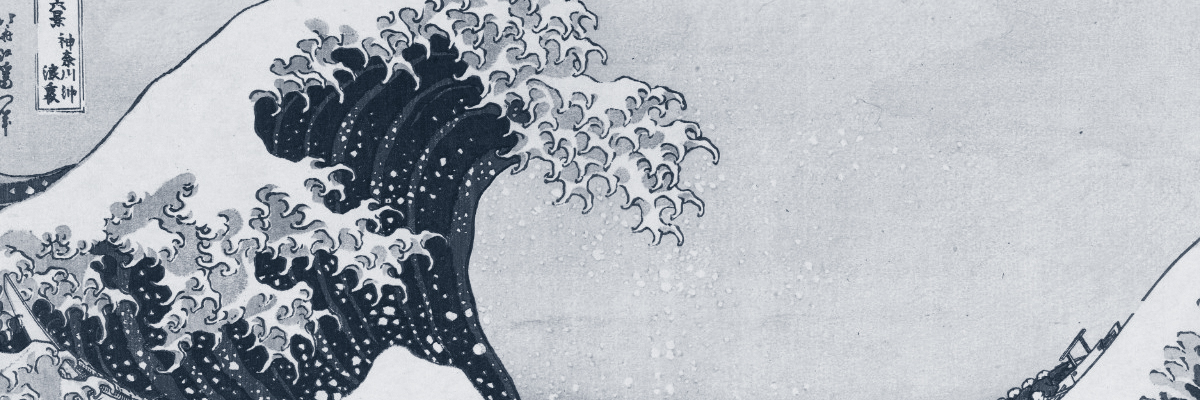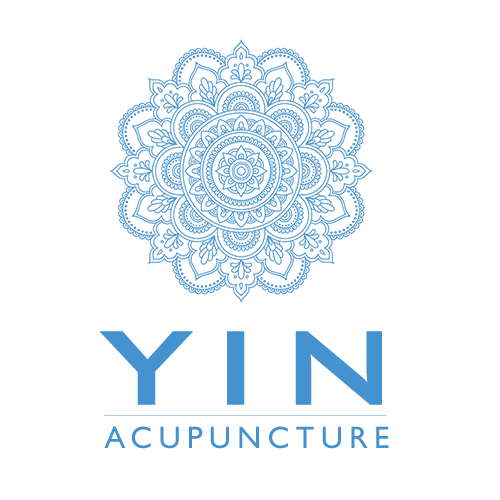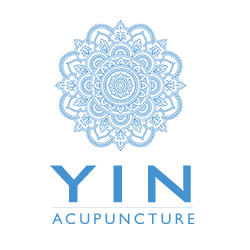Understanding Acupuncture
The Origins of Acupuncture
Acupuncture was developed somewhere between 2500-5000+ years ago in China. The original text for the practice of acupuncture and internal medicine, The Yellow Emperor’s Classic (Huangdi Neijing), was written circa 100BC. However, there is some evidence that the understanding of a meridian system was started as far back as 6000 BC. Today, many scholars have developed texts that are richly detail staying true to the original medical theory.
Starting in the later part of the 17th century, the ideas of traditional medicine in China, including acupuncture, became less accepted, eventually becoming outlawed in 1929. Luckily the medical knowledge stayed in tact through academia and rural village healers. When communism took hold in 1949, traditional medicine was revived, believed by some to be a show of nationalism. As traditional medicine, including acupuncture and herbs, was restored, it was also streamlined into a comprehensive system called TCM (Traditional Chinese Medicine). TCM is the standard form that is taught in China and in the west today, although there are masters who teach other styles.
Acupuncture in the West
Acupuncture in the west is mostly practiced in the standardized tradition of TCM (Traditional Chinese Medicine), which is the modern practice of Acupuncture in China. TCM is the standard from which the National Board Exams are based here in the US.
There are several other traditions that have either persisted for centuries, have been revitalized or integrated into new styles. Some of the most practiced in the US are Dr. Tan’s classical Acupuncture , 5 Element and several Japanese styles.
Many students around the world and in the US have studied under the late Acupuncture master, Dr. Richard Tan, who taught Classical Acupuncture. He created a comprehensive teaching style and brought the classical practice of Acupuncture to the attention of many acupuncturists with his pedagogy in the forms of The Balance Method and Twelve Magical Points, among other systems.
There is a branch of Acupuncture practiced mostly in Europe and the US called 5 Element which was created by a European teacher, J.R.Worsley. This method uses the classical Chinese medicine 5 element system and applies subjective and esoteric methods of diagnosis and treatment, creating a new acupuncture modality.
Other styles of practice are in the Japanese traditions, some of which can be traced back to the 6th century. The most widely practice is called Meridian Therapy among other lesser known styles such as Shakuju.
About The Efficacy of Acupuncture
There are many conditions and symptoms that acupuncture is effective in treating including the ability to help restore proper function to systems of the body such as digestive, circulatory and hormonal . However, when most people think of acupuncture, they think of its use in treating pain. Indeed, pain is experienced as a result of many diseases, conditions and injuries, whether acute or chronic, and so is one of the most studied issues that acupuncture treats.
Scientific Validation for Acupuncture
To date there have been literally thousands of clinical trials performed all over the world to study the bio-mechanics and efficacy of the use of acupuncture to treat many conditions. To reference them all here would be impossible. There is mounting evidence that acupuncture is extremely effective in treating and regulating many issues and diseases of the body. There is still much more to learn as research methods improve and funding increases. Please follow this link to the web site Evidence Based Acupuncture which is the most comprehensive compilation of trials and scientific explanations for this medicine.
In the US where our medical system is young, and advancing at lightning speed, there is so much still to learn about the human body. Bio-medicine has greatly expanded our life expectancy with the discovery of things like antibiotics and amazing technologies such as life saving cardiac procedures and chemo-therapy. But all medical systems have their limits. Sometimes a traditional system such as Chinese Medicine has the kinds of solutions to health problems that bio-medicine does not.
With the rise in popularity of Acupuncture and observable and reported benefit, the science community is finally funding more and more research. There are already thousands of studies however that not only point to its efficacy but also to what mechanisms are in play during and after treatment.
Here is a link to the most comprehensive website I have found, chronicling Acupuncture research from around the world.
www.evidencebasedacupuncture.org


